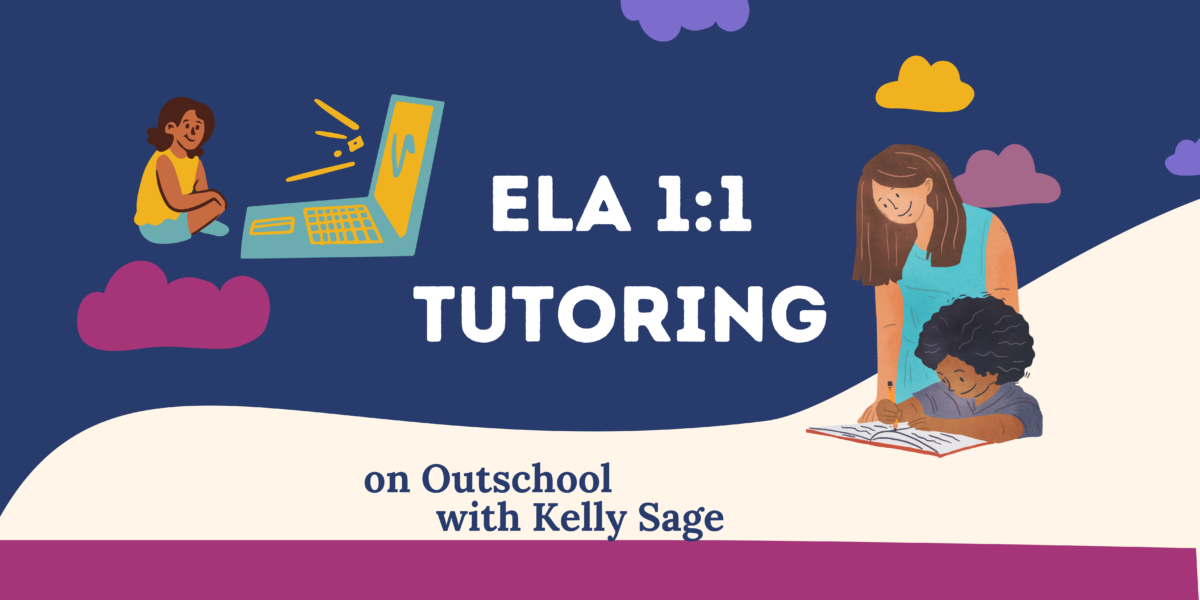Disclosure- Links in this post may be affiliate links. If you click through and make a purchase, I earn a commission at no additional cost to you. Unless noted, if I am reviewing a product, I have been compensated for my time. I write honest reviews. They are not required to be positive. I only recommend the resources we love and use.

We grab our journals. Clark’s, a classic black and white composition book, and mine, a recent gift of writing prompts. We sharpen pencils, and together, we write for ten or fifteen minutes a couple of times a week.
My son and I write together in a homeschool writing circle, but I wanted to encourage him to write more often. He loves to write when he’s in our class but rarely chooses to do so at home.
Challenges greet me when I feel like it’s a good idea for my children to know or practice something because I want the motivation to do so to come from them. I knew I wanted him to write more, AND I didn’t want to tell him to do so. I wanted to create space for writing and for him to choose writing, so I thought about the differences between our writing circle and our home, and I remembered my writing practice became more of a practice when I started writing weekly in a community with other writers.
Community!
One morning, I asked, “Want me to grab my journal, and we can write together?”
“Sure,” he said as if it was a normal thing we’d always done together.
We set a timer like we do in our class. I asked him if he wanted prompts. “No, thanks,” he said, pencil already in motion.
We wrote quietly, side by side, until the timer went off. Not wanting to push, I casually asked if he wanted to share what he’d written. He happily read to me and listened while I read to him.
While we aren’t to the point yet where he asks me to grab my journal, every time I ask, he says yes. When he does ask (a mama can hope!) I’ll make sure I say yes, too.

Ten Ways to Encourage Our Children to Write
1. We grab our journals and ask our kids if they want to write with us.
Just write. For fun. To shake out ideas and stories. Then we sit somewhere quiet together and do just that.
2. We let our child pick their subject or a prompt for us to write about, and then give whatever they choose a shot, even if they pick something silly or gross.
While we may not like the idea of writing about boogers or wearing underpants on our heads, the more we play with writing and get out of our comfort zone, the more they will, too.
3. We write with our children in mind and offer to share what we’ve written with them.
We have to be okay with modeling what raw writing looks like without being harsh on ourselves. We don’t want to start with a disclaimer, “This is dumb, but I’ll share it anyways,” because they will do that too, and we also don’t want to read something they won’t understand or is not for their ears.
4. We ask our children if they want to share and are okay if they don’t.
It may take time for our kids to feel good about sharing. We can ask again next time. By NOT pushing a writer out of their comfort zone, we allow them to motivate themselves when they are ready and keep our writing time fun and encouraging.

5. If they share, we listen.
Writers who don’t feel listened to stop sharing. We make sure there are no distractions.
6. We only offer feedback on our children’s writing if they want it, and we make sure our feedback encourages more writing instead of less.
We don’t offer criticism or critique. A quick way to shut down a writer or sharing is to say something like, “That’s nice, but…” This does not mean we gush. “This is the best thing I’ve ever heard!” can discourage writing.
– We might say, “Can I ask you a question about your piece?” And if they say yes, ask questions like-
What happens next?
Where do you get your ideas?
Can you describe _____ for me?
What was _______ feeling when that happened?
OR
– We might say, I loved when ________ happened.
I’m curious about _______.
I felt ________ when _______.
My favorite line was _________.
I like how you ________.

7. We understand that our children may not want to write with us at first.
It’s okay. We keep gently offering. We can pull out fun writing supplies, maybe new journals, and let them see us enjoying ourselves. Eventually, they will join in.
8. We build our children’s joy of writing by creating time for writing that is not graded or assessed.
This is writing for pleasure time.
9. We use writing games to build trust and enjoyment and encourage writers to begin.
Play with dialogue- write a line of dialogue on a piece of paper. This could be from the point of few of a stock character, a pet, or someone known. Make it interesting or funny. Something they’d want to respond to. Pass the paper and invite them to respond in the voice of any character they choose. It might be silly and odd and not make sense. It’s okay! Have fun. Keep passing.
Create a Writing Territories List or Heart Map. Pull them out when we need inspiration.
Take a walk, hike, or go outside. Find a spot to sit together and let nature guide your inspiration.
Put writing prompts (make up your own, search the web, use the ones below) in a basket or bowl and offer them as an option.
- Use storytelling cards, story dice, and games like Apples to Apples to play with stories and words.
Write with pictures and pictures of words- make collages or vision boards together.
Offer a few prompts to begin-
Describe your favorite place or time you were in your favorite place.
Write about a scar or a time you were hurt.
Write a story about someone who is the exact opposite of you or the same.
Write about a time you were scared or overcame a fear.
Write about your favorite pet or animal you’d love to have as a pet one day.
Write about a trip you’ve taken or hope you one day take.
Write a new ending for a book you’ve read.
- Put yourself or a new character into your favorite story.
10. We read together, even when they are big.
Writers are readers, and books are fuel for writing.
Encouraging our children to write might not always be as simple as grabbing our journals, but there are ways to offer support, and by doing so, we can build and foster a love of writing.
A version of this article also appears in Life Learning Magazine.

























Pingback: Writing Prompts for Young Writers | Spring - Curiosity Encouraged
Pingback: Choosing a Homeschool Curriculum for 4th, 5th, and 6th Graders
Pingback: Choosing a Homeschool Curriculum- Early Elementary -
Pingback: Gifts that Grow Young Writers - Curiosity Encouraged